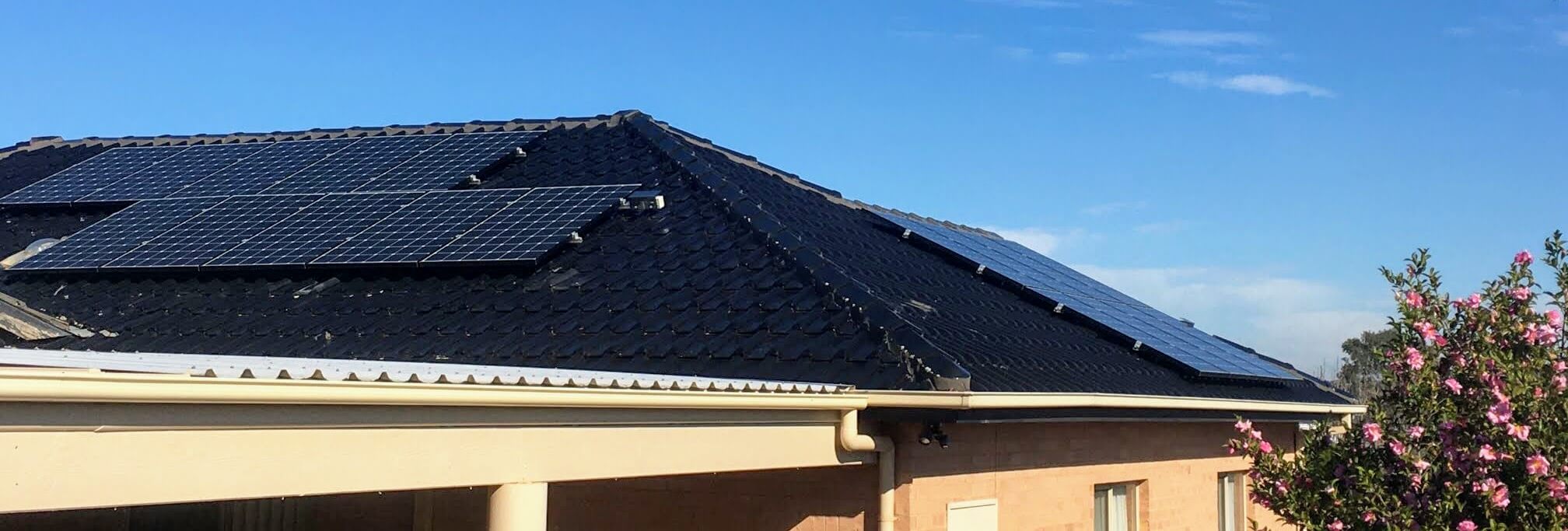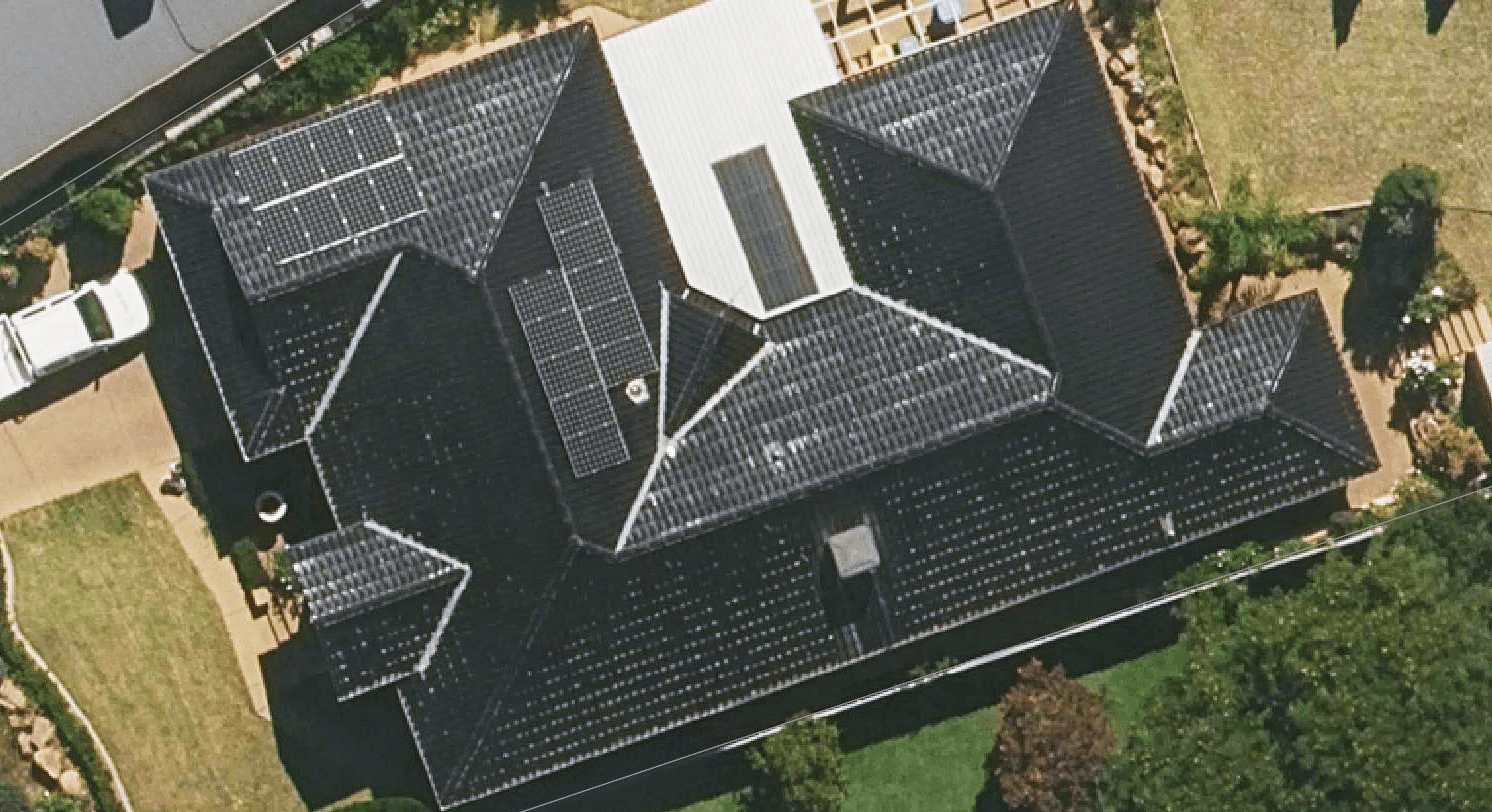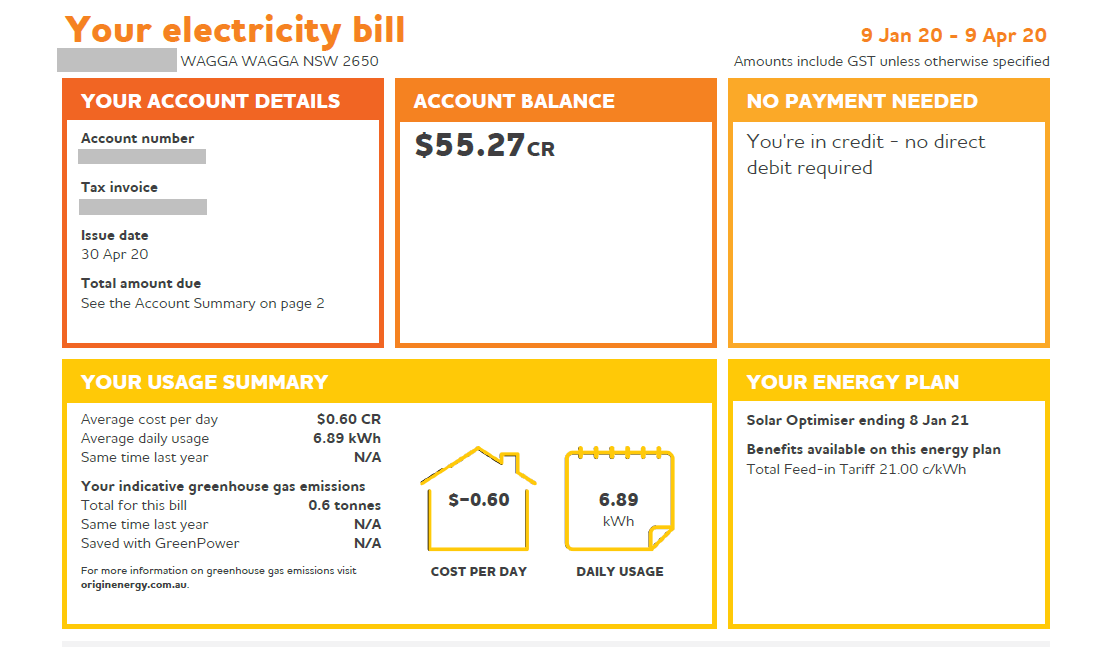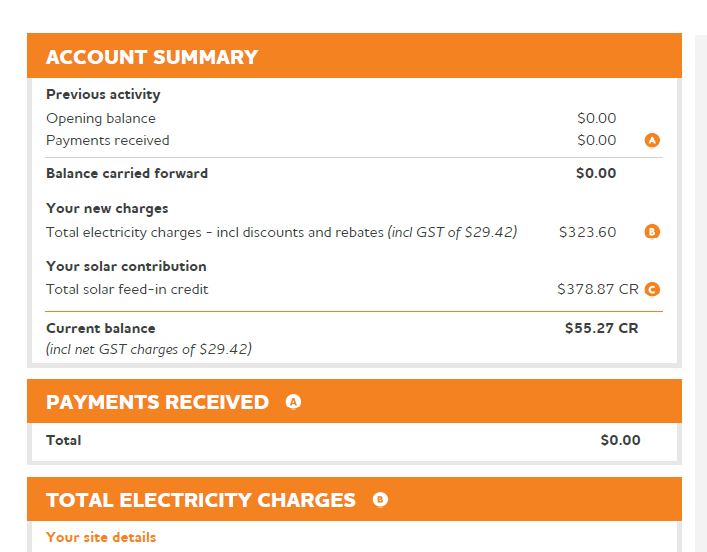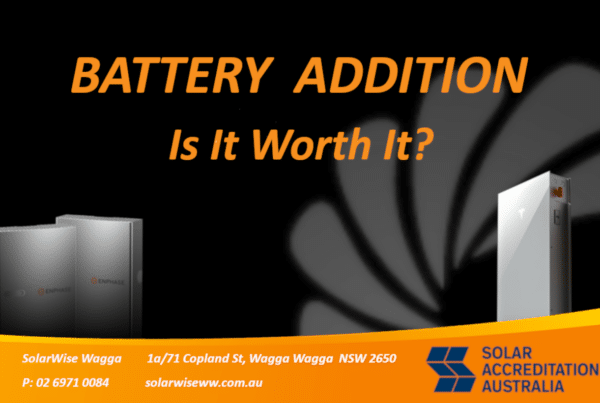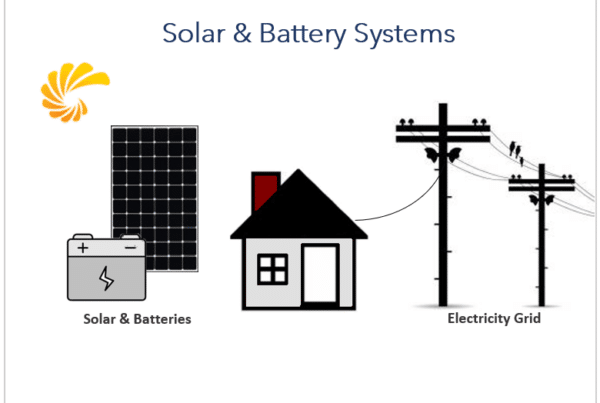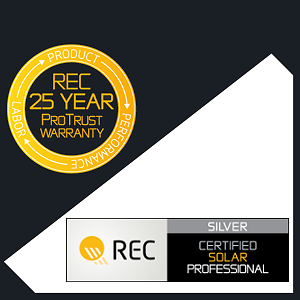A few years ago my wife and I decided that it would be a good idea to install solar on our roof – our quarterly bills were getting higher and the benefits of solar power were becoming more attractive to us, even though the feed-in tariffs were not as good as when solar got first off the ground.
We had measured the energy usage of our appliances and found that the biggest user by far was the pool pump which operated for several hours a day, mainly early morning and late at night (not sure why, as we were not on a time of use tariff!).
It was easy to see that if we were able to run the pool pump during the day while the sun was effectively providing the electricity needed, we would make a big difference to our power bills.
We started getting quotes, and just as we were ready to go ahead, we moved to the UK for work and family reasons for a few years. My son and his family moved in to look after our house while we were away. Soon after we returned to Australia, they moved into their own house.
When back in Australia we were still keen to go solar and decided to proceed with the installation.
What size system did we want?
The average daily electricity consumption during my son and his family’s occupation was 26 kWh/day, and we calculated that a 6 kW system would be required to make a significant impact on our electricity bill.
We believed that the electricity component would be reduced by at least by half, and given the pool pump running costs, by moving the pump operating time to the middle of the day when solar would cover its energy usage, we could make even better inroads.
On that basis, we installed a 6 kW system comprising of LG NeON2 335W panels with Enphase Microinverters.
Although we now had the house to ourselves and we were using less electricity, we decided to stay with the 6 kW system (18 x 335W panels).
The results
The graph below shows the quarterly bills before and after solar installation.
We expected a drop in consumption once we had the house back – and indeed, the average daily consumption did drop from 26 kWh/day to just over 14 kWh/day, with a corresponding reduction in our quarterly bill.
Had we designed the solar system on that lower usage amount, a 3.4 kW system would have been the minimum system size required (10 x 335W panels).
Our solar installation was completed in the 3rd quarter of 2019 and the feed-in tariff meter installed.
For the last 25 days of that 3rd quarter, we had the benefit of solar power covering our daytime energy use and feeding excess to the grid.
The 4th quarter of 2019 saw our first power bill where we got money back from our energy supplier.
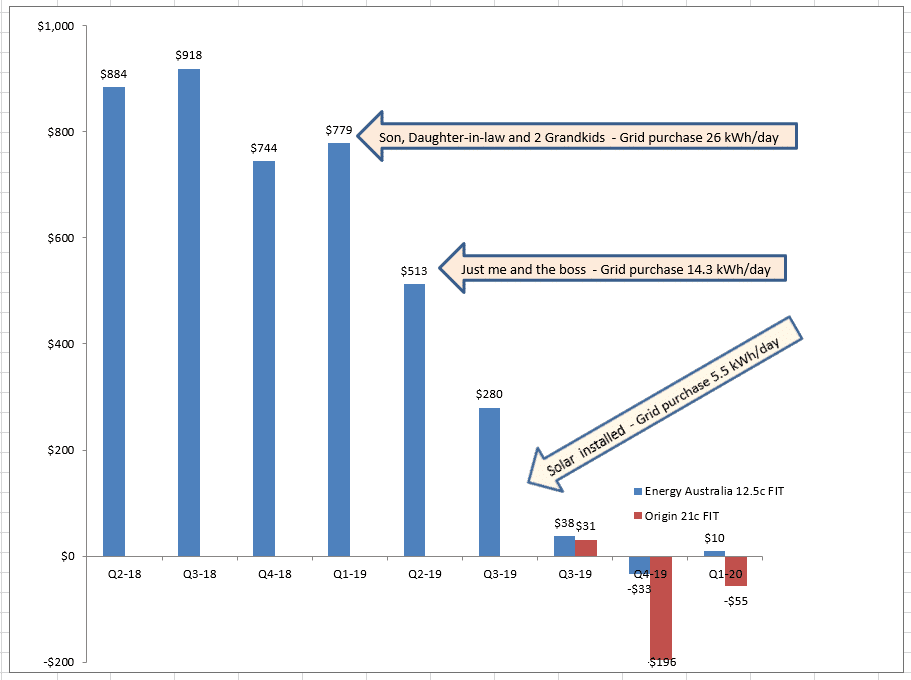
Finding the best energy plan for us.
Once we had our first full bill cycle with solar, we decided to look into our options regarding the energy retailer we were using, and the various Feed-in-Tariff (FIT) rates on offer.
We were with Energy Australia, with 12.5c FIT and a 13% pay on time discount. Origin was offering a plan with 21c FIT, but with no discount and a higher grid purchase rate.
By my calculations, a switch to Origin would give us a better result. My wife wanted to wait until the end of the quarter before making a decision to change, as it was only a few weeks away from our next bill, just to make sure. We got the bill, and to our pleasant surprise, we actually got money back ($33). My wife checked the calculations and within the hour had contacted Origin to organise the change (we had missed out on a potential extra $163). Note, I have never reminded her of this since….
The graph shows what our bills would have been had we changed to an Origin solar plan from the start of generating solar energy (in red). The last quarter shown is a full quarter of Origin FIT at 21c, with the calculation for Energy Australia based on their rates at the time of writing.
One of the ‘constants’ on a power bill is the supply charge. In most cases, you need around 1.75kW of solar panels to generate enough feed-in credit at 21c to cover this cost (more if you are on a lower feed-in tariff). In our case, using high performing LG 335W solar panels we would need an extra 5 panels. As it turns out, we had added 8 extra panels because our original system sizing calculations were based on energy consumption when the kids were at home, rather than with just the two of us.
Final thoughts
The extra panels, moving pool pumping times to the middle of the day, and judicious use of appliances (e.g. doing the washing in daylight hours) have all contributed to us getting money back each quarter.
It just goes to show that you can eliminate the power bills and that you don’t necessarily need a battery to do so. I can tell you, it is a great feeling to get some cash flow going my way, after a lifetime of paying out…..
Bob Hitchens.
A note about the Author
Since installing a solar power system from SolarWise Wagga in May 2019, Bob has come on board with us as Business Development Manager.
Screen recordings from Enphase Enlighten monitoring.
Make an Enquiry

“At SolarWise Wagga our philosophy is simple, we aim to provide relevant and reliable information, quality service, and the highest grade of products at a competitive price.”
Request a free Quote today!
